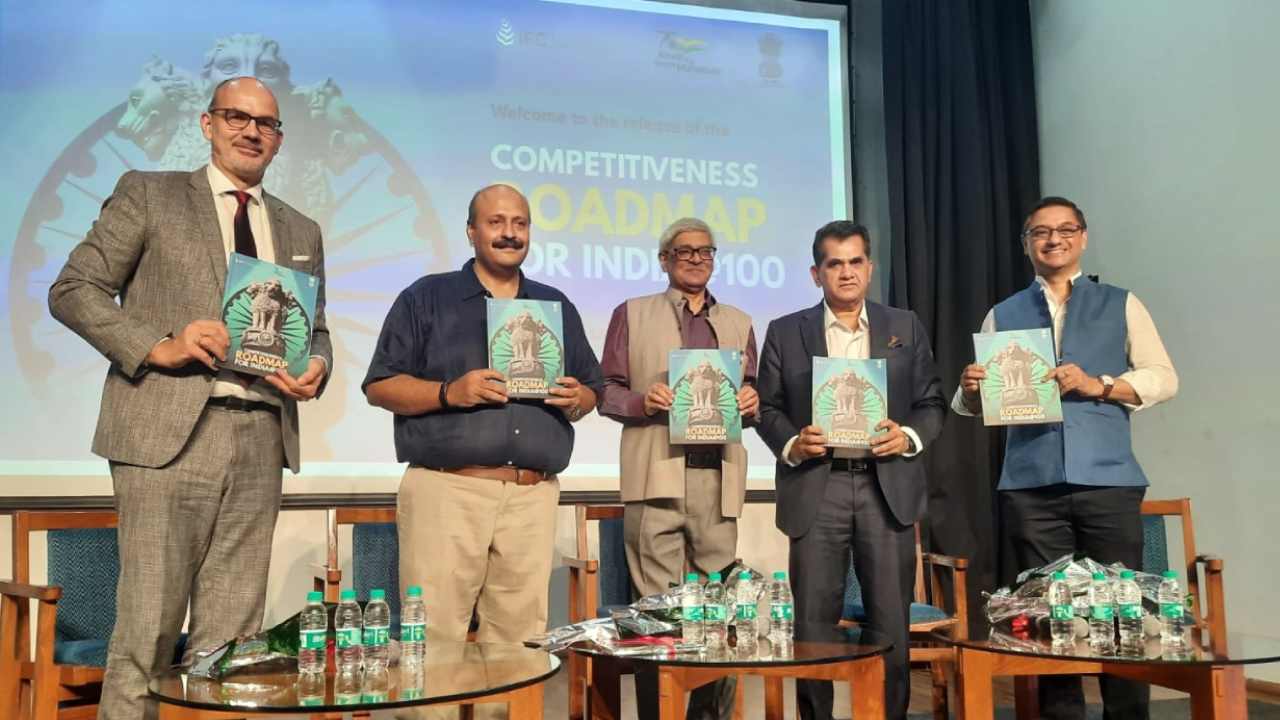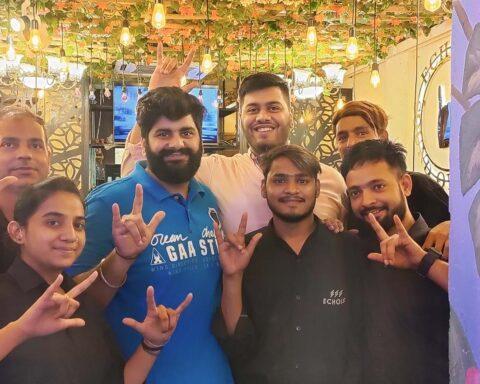Competitiveness Roadmap for India@100, a blueprint for the next 25 years for India’s growth leading to 2047, the 100th year of the country’s Independence was released today by Prime Minister’s Economic Advisory Council’s (PMEAC) chairman Bibek Debroy.
The roadmap identifies measures to tap the vast potential of the nation and lays down a roadmap of how India can boost its income and make the economy more resilient and sustainable in the next 25 years.
The roadmap is a collaborative endeavour between the EAC-PM and The Institute for Competitiveness and is developed by Dr Amit Kapoor, Chair, Institute for Competitiveness, Professor Michael E. Porter and Dr Christian Ketels of Harvard Business School.
It envisions setting new guiding principles for the country’s growth journey over the following years and guiding different states, ministries and partners in India’s growth to develop sector-specific roadmaps for achieving targeted goals, an official statement said.
The Competitiveness roadmap for India@100 is based on the Competitiveness framework developed by Professor Michael E. Porter. The Competitiveness approach puts forth the idea of productivity as a driver of sustained prosperity.
It emphasizes the context that a nation is able to provide firms to be more productive and for individuals to be able to partake in the value generated through their productivity.
Based on this approach, the India@100 roadmap guides the way for India to become a high-income country by 2047 through sector-specific and region-specific policies based on the ‘4 S’ principles.
The roadmap sets out to give new guiding principles that are based on clearly defined overall goals and the articulation of a new development approach embedded in integrating social and economic agendas.
The ‘4 S’ guiding principles redefine our approach to attaining prosperity by stressing the need for prosperity growth to be matched by social progress, to be shared across all regions within India, to be environmentally sustainable, and to be solid in the face of external shocks. By capturing these four important aspects, the ‘4 S’ guiding principles pave the way for resilient and holistic development.
The Competitiveness Roadmap for India@100 provides the basis for a renewed approach to India’s growth and development strategy. Moving ahead, the focus would be on developing KPIs and roadmaps for different industries, ministries, and states of the country to shape the journey towards reaching the country’s ambitions by its centennial year, the statement said.
The change in approach to development in different sectors and states will not only shape policy actions today but also have an impact on the design and implementation of future policies.
In his message, Professor Michael Porter said, “The competitiveness framework underlying the roadmap offers a strategic perspective on how to translate the diagnostics on a country’s competitiveness fundamentals into actionable insights. The solution does not lie in narrow interventions. What is needed to accelerate progress is a clear strategy enabling action to focus on key priority areas”.
Dr Amit Kapoor shared the essence of the Competitiveness roadmap as he said, “The competitiveness approach must serve as the cornerstone of India’s economic and social policy for us to be able to sustain long-term economic growth. The recommendations outlined in the roadmap factor in India’s unique advantages and are based on a new set of guiding principles, policy goals, and an implementation architecture”.
The roadmap is a step in this direction. It offers a thorough diagnostic assessment of India’s current competitiveness level, the primary challenges faced, and opportunities for growth. Furthermore, setting out the pathway to becoming a high-income country, the roadmap suggests essential areas of action, including improving labour productivity and enhancing labour mobilization, boosting the creation of competitive job opportunities, and improving policy implementation through greater coordination across different ministries.
In the Keynote address on ‘India- The Competitive Edge’, Dr Debroy said, “If India’s development trajectory has to emerge faster, higher, and stronger, both government policies and the enterprises and markets functioning in the environment set by the former, are of great significance”.

























